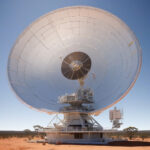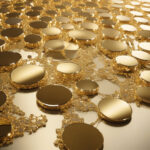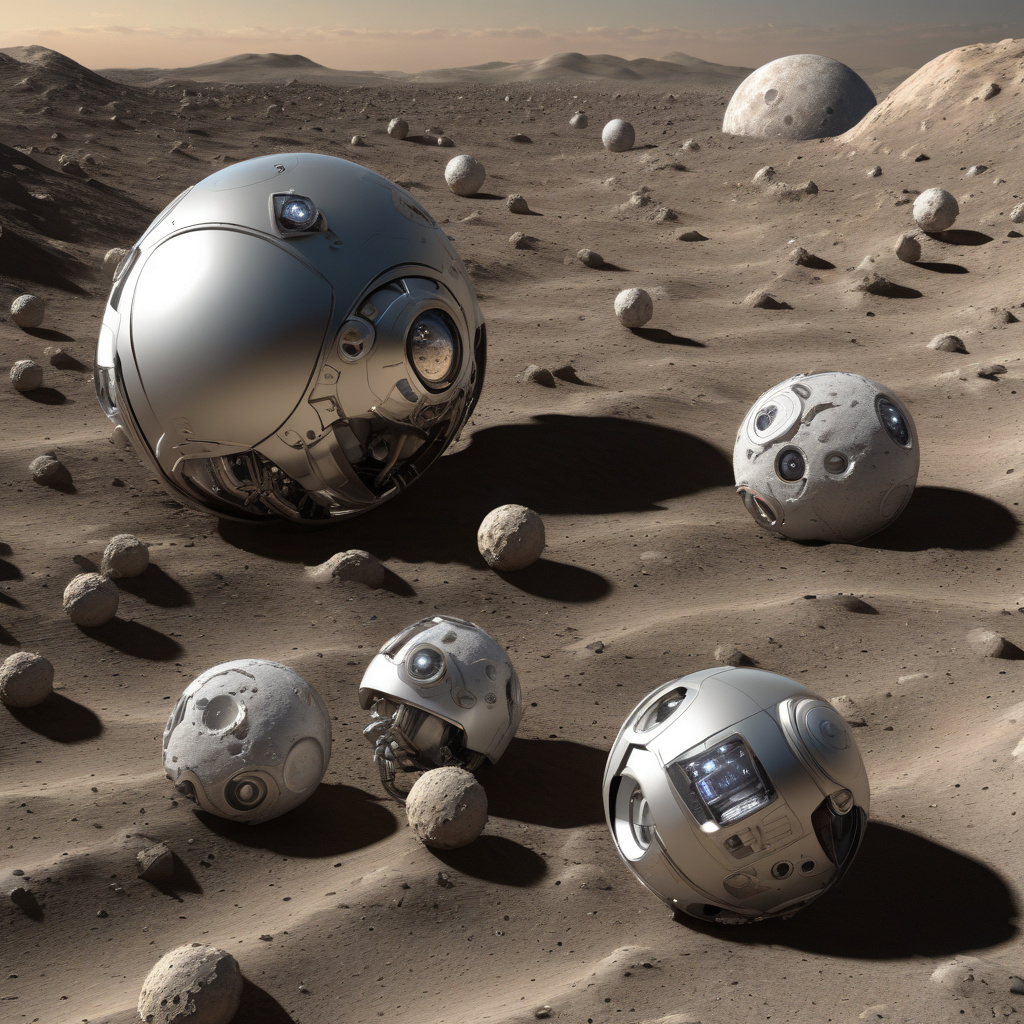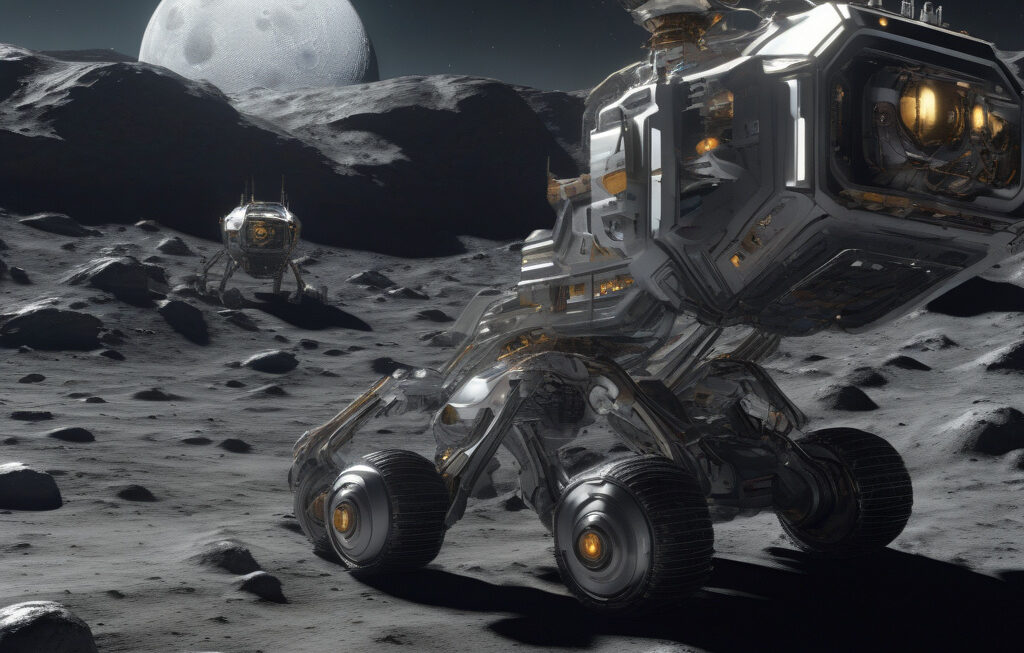RoboBall: Ball-like robot could map steep moon craters, rolling where rovers can’t
What began as a concept at NASA two decades ago is now rolling into reality. The innovative RoboBall, a ball-shaped robot designed to traverse the steep and challenging terrain of moon craters, is set to revolutionize lunar exploration. This cutting-edge technology showcases the power of innovation and the limitless possibilities of robotics in space exploration.
The concept of RoboBall originated from the need to explore areas on the moon that traditional rovers cannot reach. With its spherical shape and internal mechanisms, RoboBall can roll and navigate through rough and steep terrain with ease, providing access to locations that were previously inaccessible. This opens up new opportunities for scientists and researchers to study different lunar features up-close and in detail.
One of the key advantages of RoboBall is its ability to map and collect data in real-time as it moves. Equipped with advanced sensors and imaging technology, the robot can capture high-resolution images, analyze surface composition, and create detailed maps of the lunar landscape. This data is invaluable for understanding the moon’s geology, identifying potential resources, and planning future missions.
Moreover, RoboBall’s compact size and maneuverability make it a cost-effective and efficient tool for lunar exploration. Unlike traditional rovers that rely on complex mechanisms and wheels, RoboBall’s simple design minimizes the risk of mechanical failures and reduces the need for extensive maintenance. This makes it an ideal candidate for long-duration missions and operations in harsh lunar environments.
The potential applications of RoboBall extend beyond lunar exploration. The technology and principles behind its design can be adapted for other planetary bodies, such as Mars, where steep cliffs and rugged terrains pose similar challenges for traditional rovers. By leveraging the success of RoboBall on the moon, scientists can enhance their capabilities for future missions to other celestial bodies in the solar system.
As we look ahead to the future of space exploration, innovations like RoboBall highlight the crucial role of robotics in pushing the boundaries of what is possible in the cosmos. By combining cutting-edge technology with creative engineering solutions, scientists and engineers continue to unlock new opportunities for discovery and advancement in our understanding of the universe.
In conclusion, RoboBall represents a significant leap forward in the field of planetary exploration. Its unique design, mobility, and data-gathering capabilities position it as a valuable asset for studying the moon’s surface in ways never before possible. As this ball-like robot embarks on its mission to map steep moon craters, it paves the way for a new era of exploration and discovery in the realm of space.
innovations, robotics, space exploration, lunar, RoboBall











